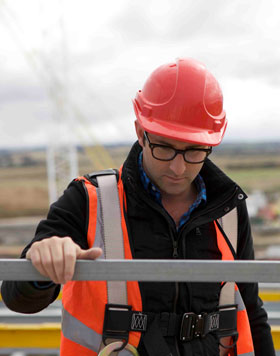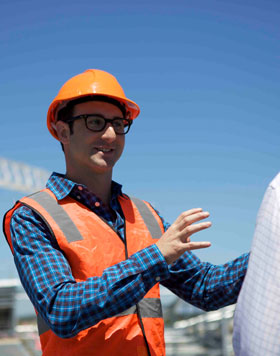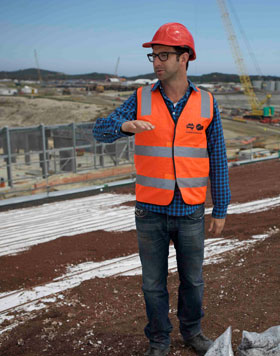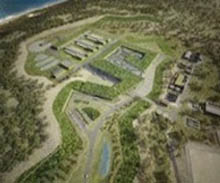Water has always been a tricky thing in Australia, the world′s driest inhabited continent. But global climate change is making the problem more severe. Since 1997, Melbourne, Australia, has experienced its worst drought in history, leaving reservoirs at record lows and prompting complicated and serious water restrictions. Like, you can water your garden from a watering can only—and forget about your lawn. In an emergency, you can wash the windows and windshields of your car (from a bucket, not a hose), but not the body. And if you expect to fill a pool during a hot January in southeast Australia, you′d better have written permission.
But there′s only so much you can do to conserve water, especially in the long term, which is what Australia appears to be facing. The government recently stated that perhaps we shouldn′t even think of this as periodic drought anymore—rather, "a long-term shift to a drier climate." The state of Victoria simply can no longer rely on rainfall to serve the water needs of its six million citizens. So what does it do?
It makes more. The state of Victoria is currently building the largest desalination plant in the Southern hemisphere, with plans to convert up to 150 billion liters of seawater to fresh water every year.
About 97% of the world′s water is in its oceans, so it seems like an obvious solution to use some of that on our lawns and in our bathtubs. But getting salt out of water is an ugly, noisy, energy-sucking, industrial process—not exactly what every tourist destination wants dominating its beaches.
The Victorian Desalination Project uses innovative, thoughtful design to solve (or at least mitigate) these issues. The plant is located behind Williamsons Beach, an ecological masterpiece with grass-covered sand dunes and sought-after surfing. Just the kind of thing that would be ruined by a major industrial facility full of screaming machines emitting rock-concert level decibels. But the architects of this project have found ingenious ways to make the desalination plant . . . disappear. They have wrapped the site and the plant in manmade sand dunes, both dampening the sound and concealing the building. They have buried the pipes that suck the water in from the sea, in tunnels below the seabed up to three-quarters of a mile out.
And most incredibly they have topped the entire structure with the largest living green roof in the world—more that 275,000 square feet covered with the same indigenous plants that grow on the dunes. That means that the same stuff that protects the shore from erosion is protecting the building from salt damage and corrosion, while acting like an acoustic device, a visual disguise, and energy-saving insulation.
Pretty cool. I have to say visiting this drought-burdened place felt a little like visiting the future. Australians, most of whom live on the coasts, are without a doubt on the front lines of the struggle with the effects of global warming. So I got to glimpse a time when we can no longer ignore climate change because it is radically changing our way of life. It′s scary. But it was encouraging to see that a government could face such a crisis quickly and creatively, and that technology and industry could be used in a way that′s sensitive to the environment. I hope that′s not just an Australian thing.
Home >> Build It Bigger, Season 5, Episode 2: Australia’s Victorian Desalination Project
Build It Bigger, Season 5, Episode 2: Australia’s Victorian Desalination Project
by Danny Forster on May 1, 2011
















